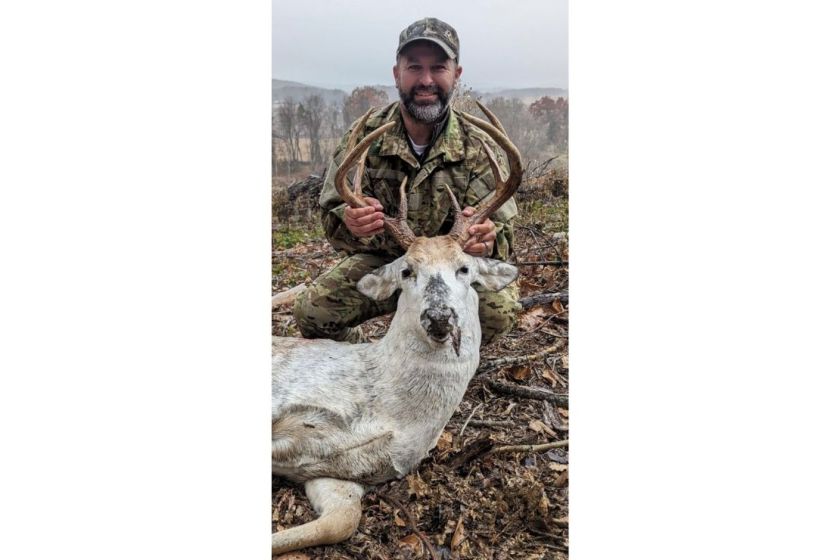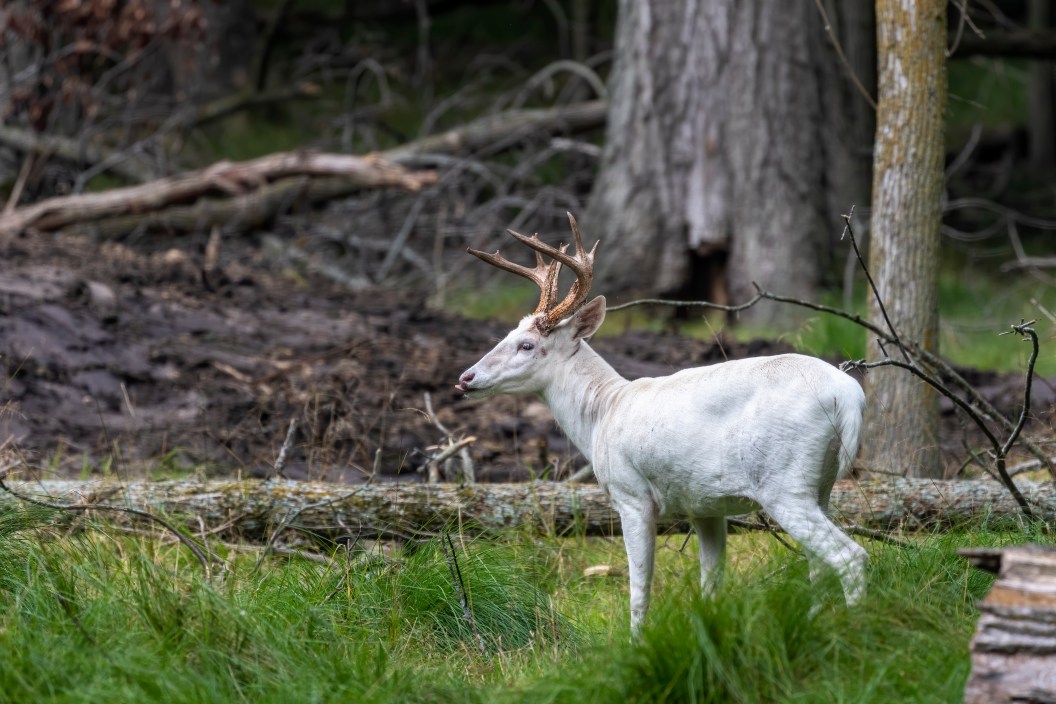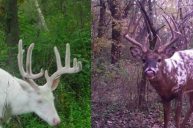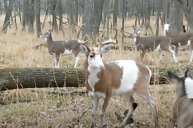After many years of hunting on and off with no success, John Bralley of Draper, Virginia, picked up the sport again this autumn. The year was shaping up just like every other year before. Bralley hadn't seen deer and he had lost his spark for hunting. He was doubtful and discouraged. He had all but thrown it in the towel when a friend convinced him to try just one more time.
So, they suited up and headed out on a private property in southwest Virginia. That choice led him to a once-in-a-lifetime experience. Bralley didn't just harvest his very first deer—he harvested a mature, 8-point buck that was "leucistic," with a spotted, off-white coat.
"Man, did it ever pay off," Bralley told the Virginia Department of Wildlife Resources. "I was able to take a mature buck of a lifetime as my first ever deer and I'm 40 years old. It's nothing like he or I, or anyone else—including the taxidermist who has 45 years of experience—had seen before."

Leucism is a genetic condition that causes animals to lose some or all of the pigmentation in their hair, and there can be a wide range of coat variations, from partly white or gray to almost entirely white. Leucism differs from albinism in that albino deer have zero pigment, leading to all-white coats, pink noses, pink hooves, and red eyes, Justin Folks, deer project leader of the Virginia DWR, told the Virginia Department of Wildlife Resources.
Distinctive of leucism and albinism, whitetail deer can also be piebald. Piebald deer have patches of white hair among a coat of brown. They can also sometimes have disfigurements such as a shortened jaw or legs. Piebald deer are more common than leucistic and albino deer, according to World Deer.
"Deer with abnormal hair coats usually have higher mortality rates, as they are typically more visible to predators (including hunters), and they may also have other genetic abnormalities of the skeleton or internal organs that can lead to an early death," Folks said. "The coat of this animal is quite unique. Several piebald deer are harvested each year in Virginia by hunters, and a few albino, but this deer is one-of-a-kind. It's a real feat to be able to harvest a mature buck. To take a mature buck with this pelage is truly special. Every successful hunt is special, but for this deer to be your first—it's an incredible story worth sharing."
Leucistic deer are rare and caused by a recessive gene, according to World Deer. Leucism is more common in an inbred population. Seneca Falls, New York, has the highest concentration of whitetail deer in the United States, due to nearly 70 years of inbreeding among a fenced-in population on the Seneca Army Depot grounds. Of the estimated 700 whitetail in the herd, a remarkable 200-300 of those are leucistic.
And as for Bralley? He's got his groove back.
"After this experience, I definitely will be back in the woods and enjoying the outdoors more, whether it's hunting, fishing or whatever the outdoors takes me," he said.
READ MORE: Tennessee's Famous Albino Deer Makes Its Third Appearance




